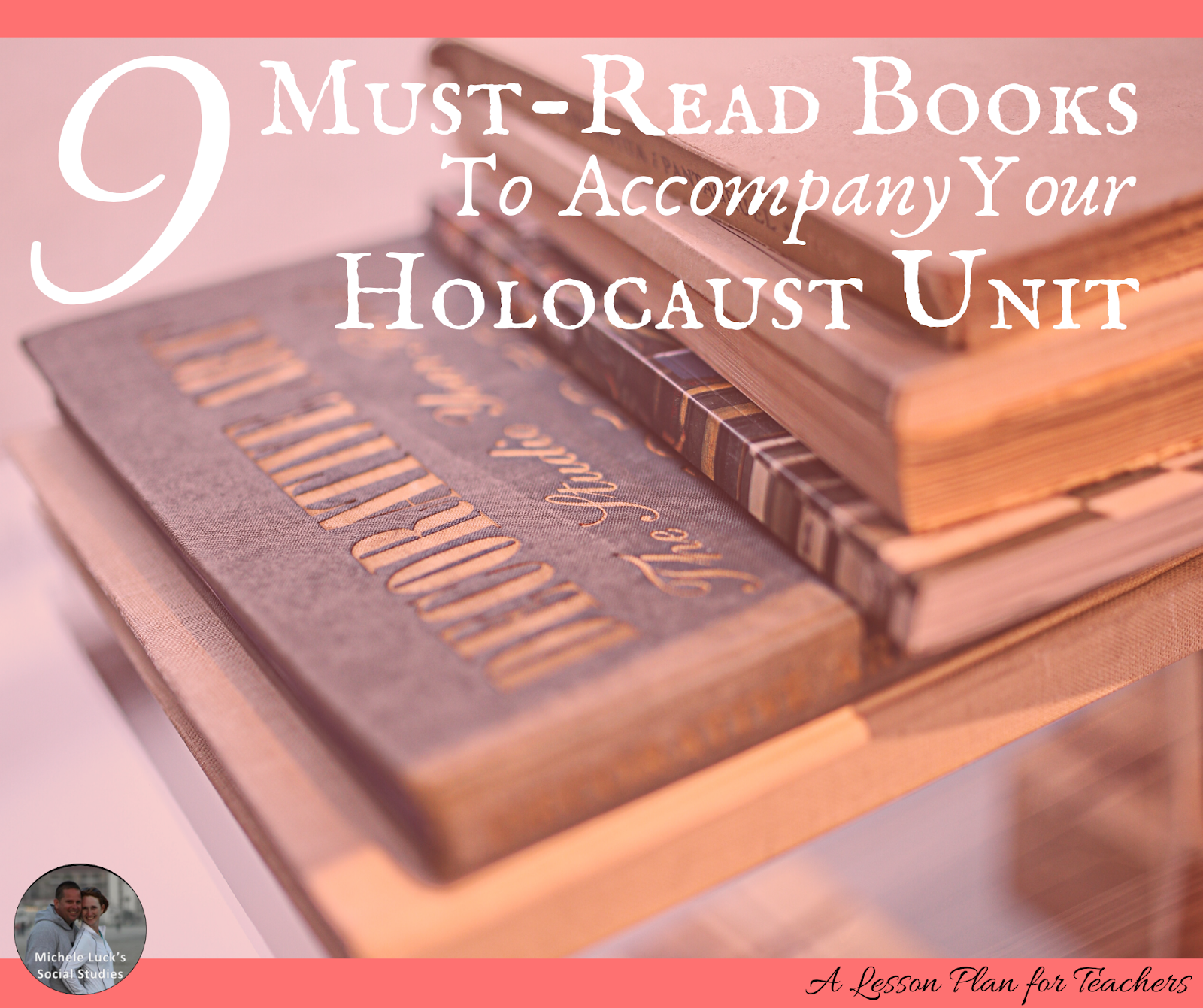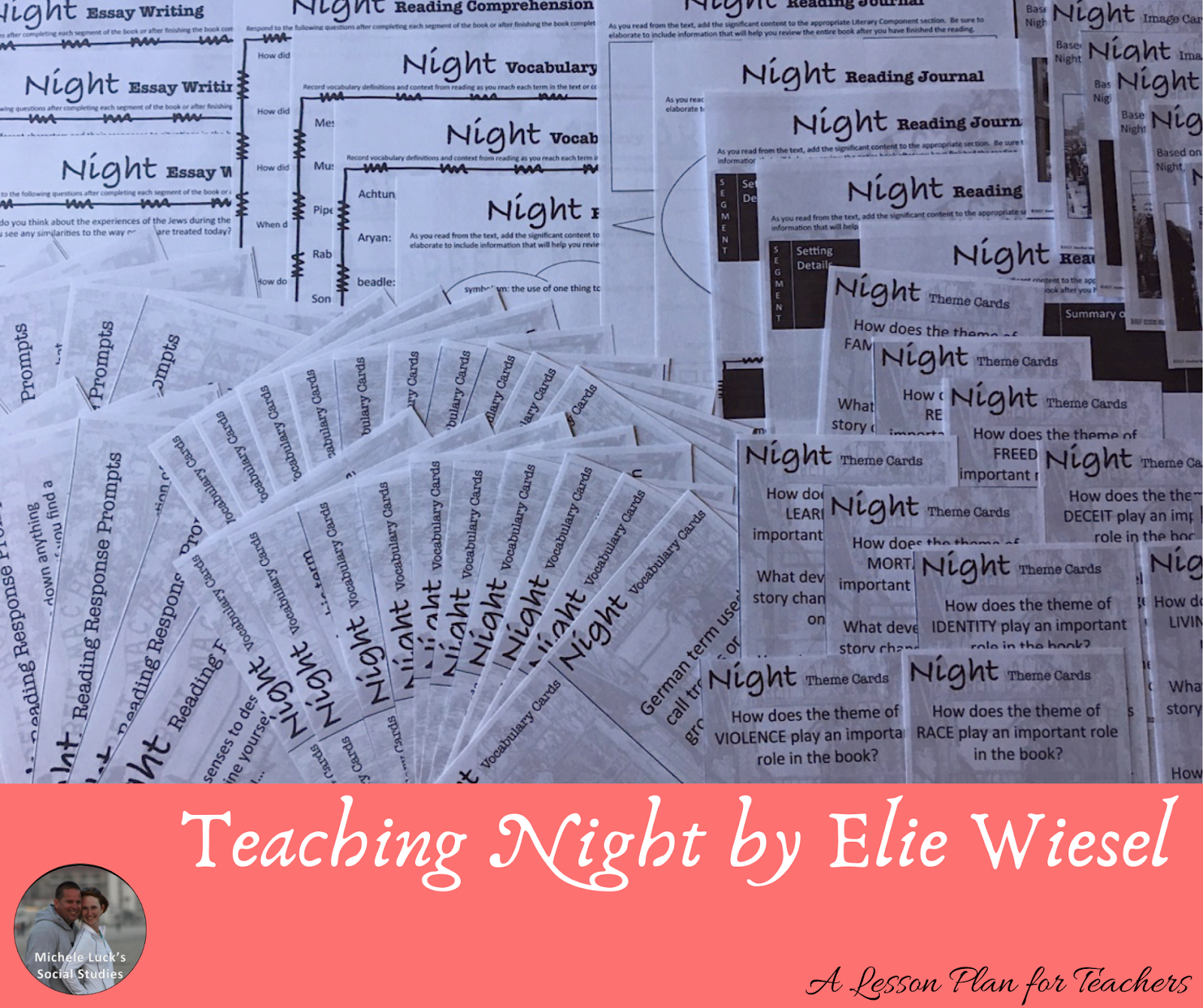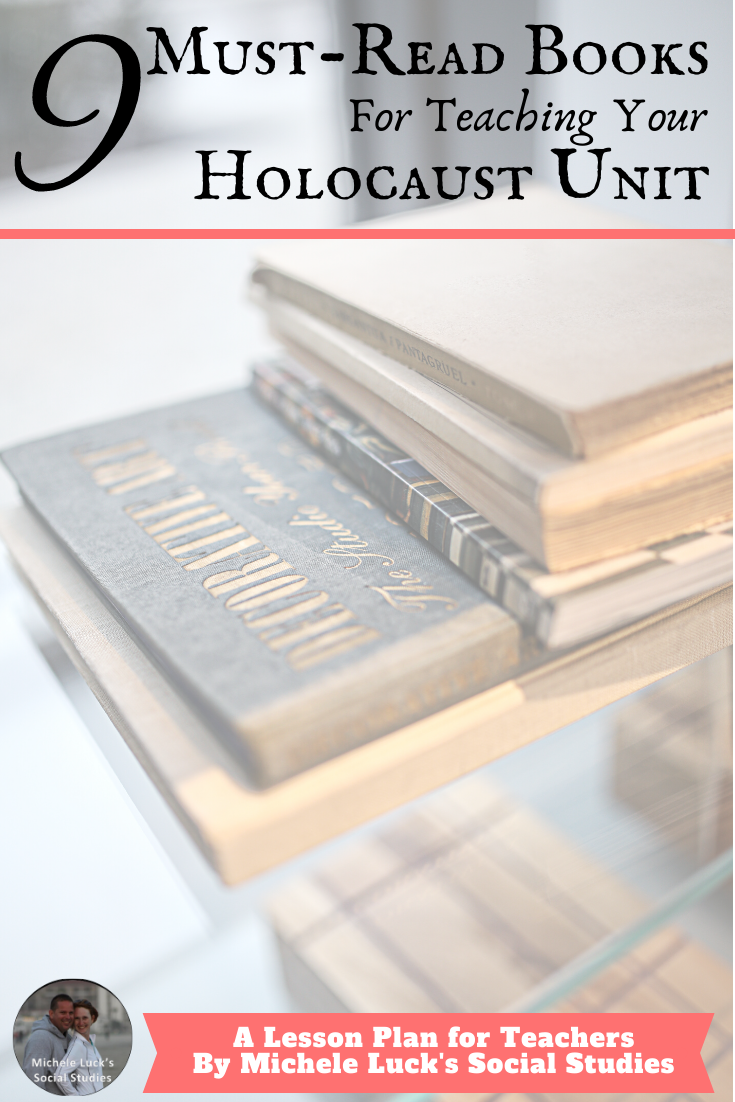As with teaching all sensitive or controversial Social Studies topics, you may feel less than comfortable teaching about the Holocaust. However, teaching about World War II and the Holocaust with confidence and professionalism is critical to ensuring that your students take the topic seriously and understand the importance of the lessons they are learning. Even though you are a Social Studies teacher, perhaps even a seasoned secondary teacher with many years of experience and education, you may feel less than equipped to handle the delicacies of the Holocaust.

Put frankly, this dark time period in our world’s history was a time of conviction of strongly-held beliefs, a time period which left many human beings fighting for the right to live. Many lives were lost due to these convictions. You may wonder what makes you an appropriate authority to speak on such grave historical topics.
Often, when we feel poorly equipped to teach a certain lesson, especially one with this strong of a worldwide impact, we may feel that we are not the right spokesperson to broadcast the much-needed message at hand. In many cases, we may be right! As Social Studies teachers, and secondary teachers in general, we may be the proverbial mouthpiece – the amplifying microphone – to disseminate historical information, but we may not be able to speak from our personal experiences, from a persecuted person’s perspective. Using books authored by those who did face certain atrocities firsthand may feel more sincere, genuine, and accurate.
In my secondary classroom, I used books of all reading levels to accompany my World History and US History lessons. My middle school and high school students deeply enjoyed folding to a comfortable cross-legged position on a carpet square, transfixed by the bright colors and impeccable rhymes of Dr. Seuss. They also fixed their attention on the words of literary texts beyond their reading level, scrutinizing with the tools we used when analyzing historical documents. Reading fiction and non-fiction books of all levels, my secondary students often held tightly to every word.
Though I love teaching about the Holocaust feel adequately prepared in my lesson planning and my continued education about the subject, and believe that I have equipped myself with the knowledge and tools to share the history of this time period, doing it justice, I also understand that I am not and cannot be an authority on the Holocaust, at least not in the same plane as someone who lived through it – struggled to hide, to fight, to survive. They are the best witness to the times.
It is in these instances where I realize the power of text – the importance of using the actual words of those individuals who faced marginalization and fought so hard to live another day – in helping us to communicate this content.
Using books from Holocaust survivors, as well as accurate historical texts written about the times, I able to transport my students from my classroom to a concentration camp, a hidden cellar, a makeshift attic hiding place, to a world existing after the War ended. I can read true accounts of hiding, of horror, of the atrocities and crimes committed during the Holocaust, and I can introduce very real individuals behind the words we read. This not only helps my students to relate to the text in a more sincere, personal way, but also provides them an authoritarian voice on a subject that I feel only partially equipped to teach justly. Though there are many excellent books and resources to aid in teaching the Holocaust, these great books stand out as vital resources in the World History Classroom.

1. Night, Elie Wiesel
Bonus! Try this Night Reading Journal & Task Card Activity to accompany the reading of Elie Wiesel’s book.

2. Survival in Auschwitz, Primo Levi
3. Escape from Sobibor, Richard Rashke
4. Hitler’s Willing Executioners: Ordinary Germans and the Holocaust, Daniel Jonah Goldhagen
(This one is great for teaching how regular people could participate in the horrific acts like those of the Holocaust.)
5. Tell Them We Remember, Susan Bachrach
(This is a great visual tool with incredible stories!)
6. Schindler’s List, Thomas Keneally
7. Maus, Art Spiegelman
(This book is excellent for lower level readers or readers who prefer graphic novels.)
8. Nuremberg Diary, G.M. Gilbert
9. The Poisonous Mushroom, Julius Streicher
(Sadly, this book is out of print but you can find it online! Great children’s book to examine the use of German propaganda!)
Bonus! This Google Drive activity on The Poisonous Mushroom analyzes World War II propaganda.
To help you plan with these books and resources, consider implementing the Holocaust Unit planning guide found in the complete Holocaust Unit on TeachersPayTeachers!

By incorporating any (or all!) of these books into your unit on the Holocaust, you’ll not only have diverse primary sources for student study, but you’ll also have an authoritarian voice to help your students experience secondhand what happened during the Holocaust.
Happy Teaching!
